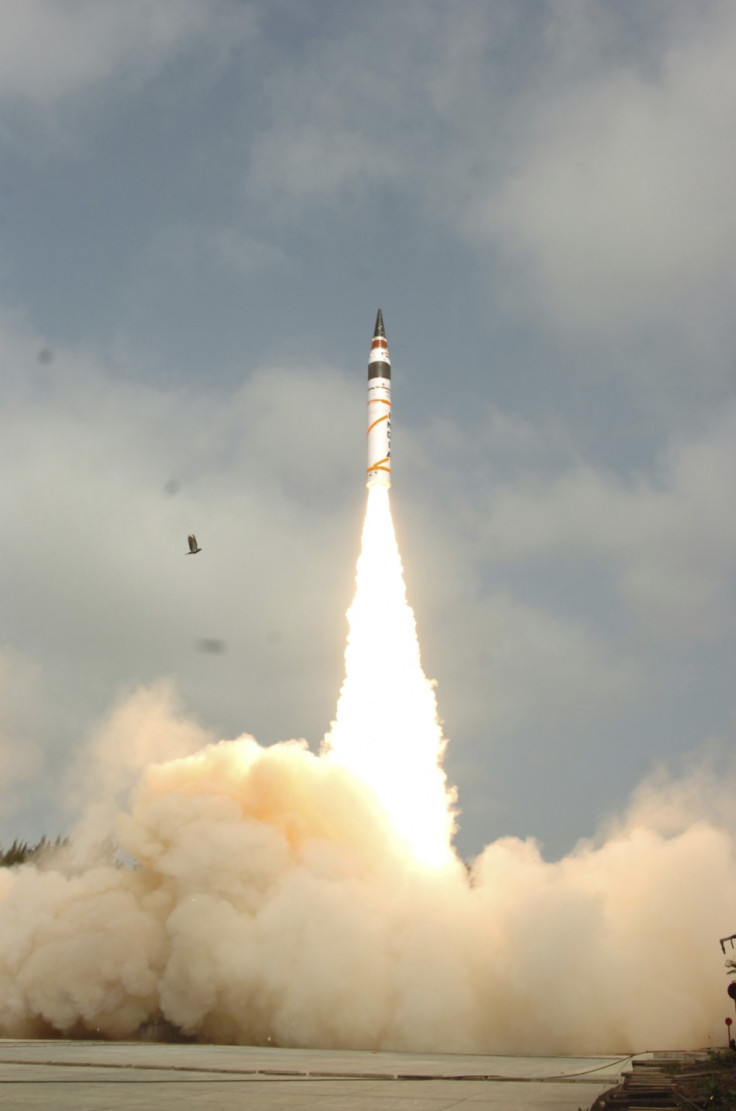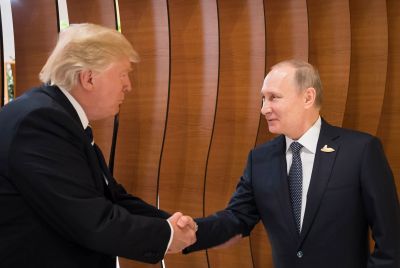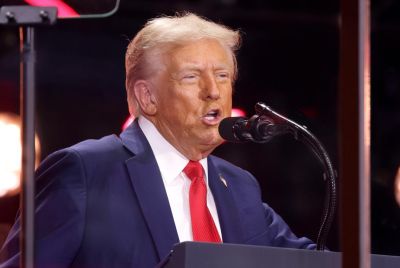Indian Missiles are Superior to Chinese in Quality, Says Expert

After India successfully testfired its first Intercontinental Ballistic Missile (ICBM) Agni-5 a week ago, there were mixed reactions from all over the world. Although the West certainly acknowledged India's missile growth, the other end of the world does not seem very happy about it.
It definitely changed certain equations between troubled neighbours India and China. Some of the immediate psychological effects were already felt in media reports from both countries.
The official response from the Chinese government was more or less straight whereas the test did not go down well with the Chinese media. Much of the media reported how the Chinese nuclear arsenal is quite stronger than that of India and how India is no match for China.
However, Srikanth Kondapalli, an expert on India-China relations and a professor in Chinese studies at the Jawaharlal Nehru University, is of a slightly different opinion.
Kondapalli says: "No doubt when it comes to quantity, Chinese missiles are overwhelmingly superior. But when it comes to the quality of the missiles Indian missiles have a slight advantage over Chinese missiles due to certain reasons."
China has 47 ICBMs, 800 IRBMs (Intermediate-range Ballistic Missile) and 1,500 SRBM (Short-range Ballistic Missiles).
Kondappalli cites three main factors on why Indian missiles have a slight advantage over its counterpart.
Propellant
Most of the Chinese missiles are liquid propellants whereas many of the Indian missiles are solid propellant including the recently launched Agni-5.
Liquid propellants take 10 days to 2 weeks to fill the barrels in order to ready the missiles and there is no surprise in doing that and this will be a delayed strike. But Indian missiles can strike anytime from anywhere.
Accuracy
When it comes to accuracy level of the missiles, once again the Indian missiles score over the Chinese. The Circular Error Probable (CEP) of India specific "DF21" missiles which are deployed in traditional Tibet is much lower compared to India's China-specific missile.
The Chinese missiles are in the inaccuracy range 600 metres while Indian missiles have an inaccuracy of 20 metres. This means Indian missiles have a higher probability of hitting the target right.
MIRV
Many of the Indian missiles have the technology of Multiple Independently Targetable re-entry Vehicle (MIRV) in them. In simpler terms, one carrier can launch more than one missile, say 10 missiles and at 10 different targeting locations. And this cannot be shot down.
The effectiveness of such missiles were already seen when Saddam Hussein used them during the Iraq-Israel war. Once again very few Chinese missiles have this technology when compared to India.
Kondapalli says: "Imagine if you throw 10 stones and I will retaliate with only one stone but both are creating the same effect on each other. India is in such an advantage."
Amid fears of the western powers joining hands with India, China is trying hard to avoid such situation.
"In the background of the talks happening between India, US and Japan, in the background of 10-year defence cooperation in 2005, in the background of the 123 civil nuclear agreement between the US and India, in the background of Malabar exercises, the Chinese statement on India getting trapped by the western powers looks obvious," says Kondapalli.
Also, even the official position of the Chinese is trying to divert attention. The recently launched Agni-5 which has a range of 5,000 kilometres is bound to be China-specific. Even though the official information from the Indian authorities does not state it in so many words, it seems quite clear while reading between the lines.
On the contrary, Chinese authorities claim the recent Agni-5 has a range of 8,000 kilometres and it is Europe-specific. This is clearly to divert global attention from the real issue and trying to isolate India from other nations, according to Kondapalli.
None of the government statements, journals, policies and not even the India media stated it is Europe-specific.
"Although no one would want to state it explicitly, the subscript is the US, India and Japan are ganging up against China. This could be the logical inference," Kondapalli says.
Adding to that, China has territorial disputes with Japan and has disputes with India over oil wells and staple visa issues. These frictions are constant with all other nations which is because China did not maintain a healthy relationship with them, concludes Kondapalli.
© Copyright IBTimes 2025. All rights reserved.






















